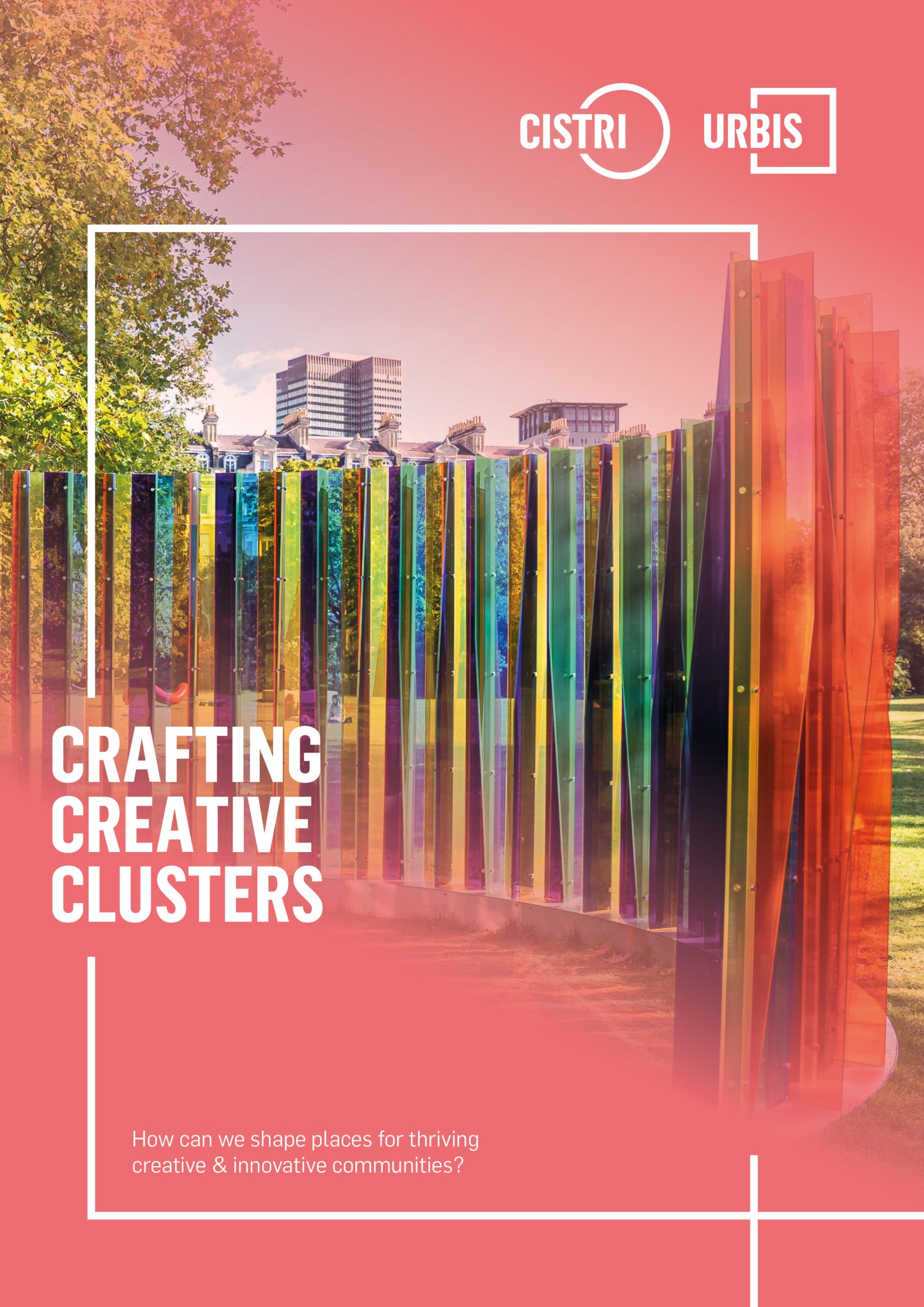What is a Creative Cluster?
A creative cluster, also known as a creative hub or creative precinct, is a geographic concentration of economic, physical and social assets that come together as a creative industry ecosystem. Within a creative cluster, diverse creative activities and cultural assets combine to generate benefits that extend well beyond financial returns.
Why Creative Clusters?
The creative industries – a diverse industry grouping spanning the arts, design, and technology – are important economic contributors as well as some of the world’s fastest-growing sectors. Globally, the creative industries are estimated to generate nearly 50 million jobs. In Australia, the creative industries employ over 700,000 people and are experiencing employment growth that outpaces the overall workforce growth rate by more than 50 per cent. This is prominent in sectors such as film and television production (4.8 per cent growth per annum since 2016), marketing (6.9 per cent) and industrial design (8.3 per cent).
The creative industries promote innovation in support of the knowledge economy, where information and knowledge are at the centre of economic growth and development. By creating and enhancing avenues for self expression, the creative industries also contribute to the achievement of numerous United Nations Sustainable Development Goals, including reducing poverty, reducing inequality, and promoting inclusion.
Through investment in place-based infrastructure, public spaces, and community focused activities, creative clusters can help to create and capture value for economies and communities through:
- Increasing the visibility of the value of arts and culture
- Supporting the growth of small businesses and practitioners in the creative industries, including art, design, publishing, screen, digital games etc.
- Encouraging community participation and cohesion
- Generating new intellectual property and novel ideas
- Boosting engagement and participation from local and domestic audiences
- Strengthening local supply chains
- Catalysing innovation
- Showcasing and renewing heritage
- Generating employment in other industries

